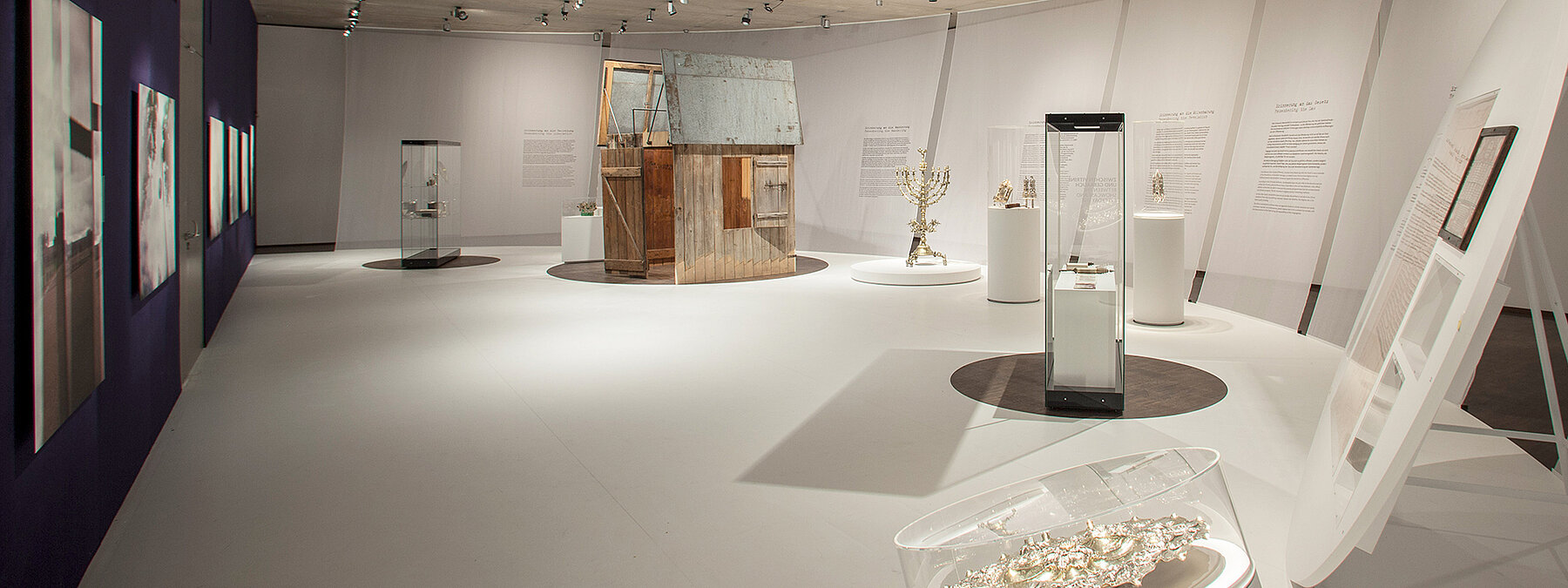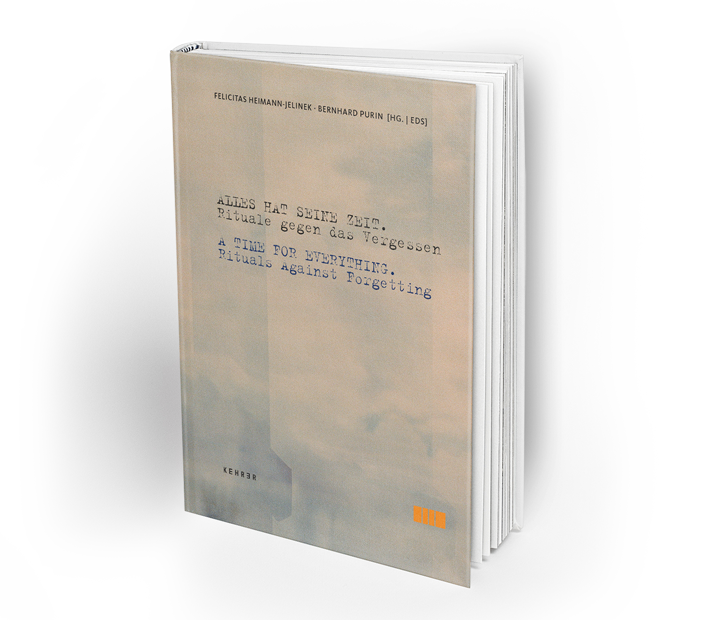A Time for Everything.
Rituals against Forgetting


In the course of our lifetime we are confronted with various rites of passage—transitions between two phases or conditions of life. From birth, childhood, school, majority, independence, marriage, and old age, to death, we move from one phase to the next, from one condition to another. In some cases, these transitions are acutely painful; others are especially joyous. To be able to carry through, cope with and come to terms with these rites of passage, all cultures have developed specific strategies and rituals and continue to do so to this day.
The exhibition “A Time for Everything. Rituals…
In the course of our lifetime we are confronted with various rites of passage—transitions between two phases or conditions of life. From birth, childhood, school, majority, independence, marriage, and old age, to death, we move from one phase to the next, from one condition to another. In some cases, these transitions are acutely painful; others are especially joyous. To be able to carry through, cope with and come to terms with these rites of passage, all cultures have developed specific strategies and rituals and continue to do so to this day.
The exhibition “A Time for Everything. Rituals against Forgetting” is devoted to selected Jewish rites of passage and their specific implementation as well as their origins and meanings. The some 60 objects from public and private collections largely come from the south of Germany. All the rites of passage examined are universal in character – after all “the course of life” poses the same “eternal” questions to all humans and has a unique significance for each individual that is not to be forgotten.
Rituals conducted by and in the community are also covered in the exhibition. These are religious rituals recalling events of definitive collective importance. These include annual festivals such as Pesach, commemorating the Exodus of the Israelites from Egypt, and other cyclical joint celebrations like Hanukkah (Festival of Lights) or Sukkot (Feast of Booths). What these three festivals have in common is that they all last several days, and as such represent a prolonged passage themselves. The purpose of many objects used in Jewish liturgy is not immediately obvious to a layperson simply based on their shape and appearance, as the symbols they bear can only be deciphered within a Jewish commemorative context. This symbolic language is also explained in the exhibition.
Collective secular rituals include those that point to national indentity, to the loyal bond to the “fatherland” and its politics. Today, this is largely associated with memories of the Nazi era and the Shoah. Upholding the memory of this trauma is now profoundly ritualized by Jews and non-Jews alike. However, even today, one group of victims—sexually exploited women in concentration camps – is still omitted from public commemorative rituals. In her transdisciplinary work, the American artist Quintan Ana Wikswo has created a rite of passage herself against forgetting through her research, photographic and literary work on the unmarked ruins of the so-called “Special Building” in Dachau—the concentration camp brothel. A selection of 14 of these haunting, large-format photographs presents a challenging contrast to the “innocent” objects and “rituals against forgetting.”
February 27 – September 1, 2013
Felicitas Heimann-Jelinek
Curatorial assistance:Piritta Kleiner
Architekt Martin Kohlbauer, Vienna
